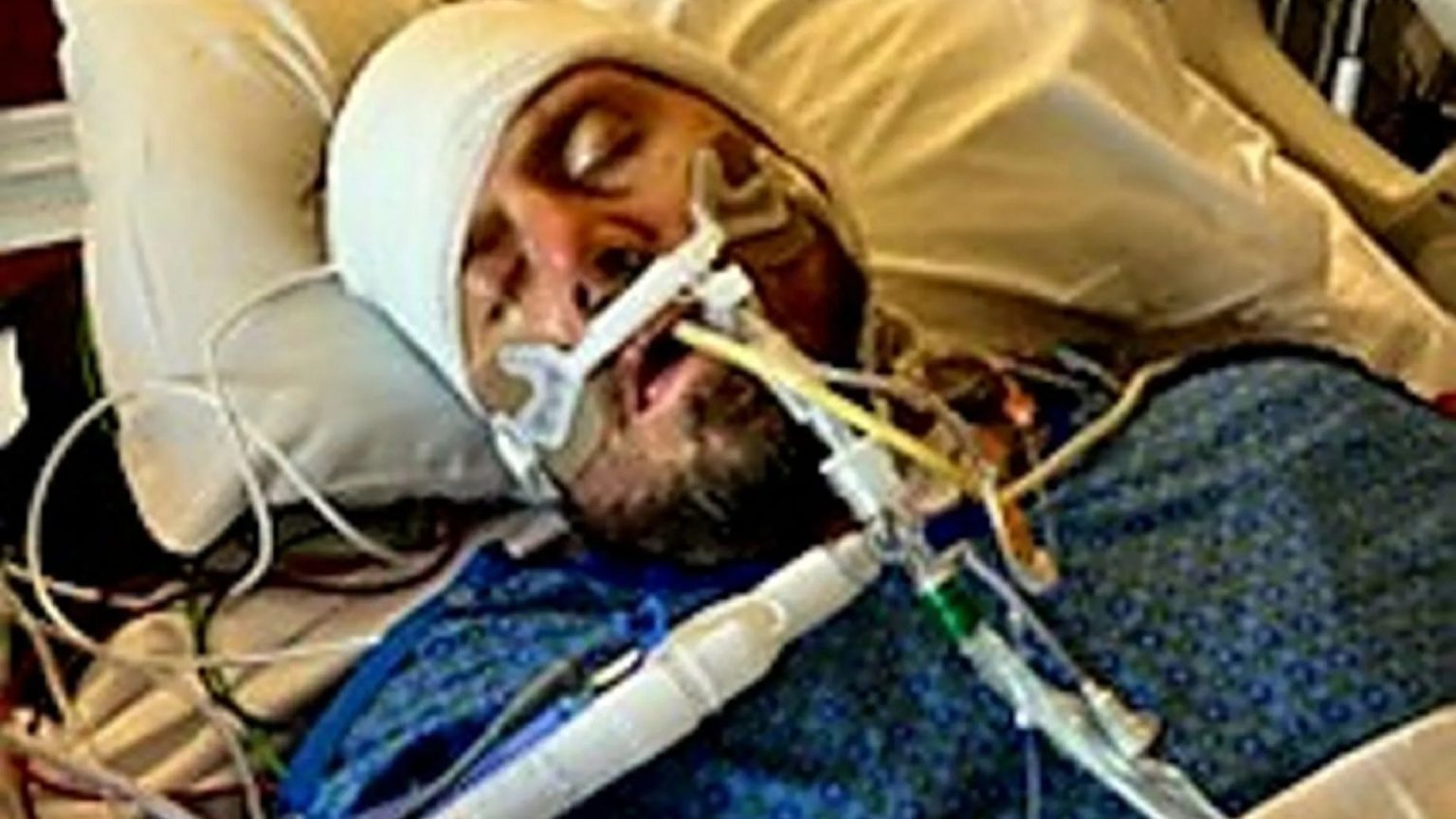In December 2024, Max Armstrong, a 40-year-old Colorado native and avid outdoorsman, embarked on a seemingly innocuous camping trip with friends. While cooking pasta, he suffered a minor burn on his thumb from a hot skillet. Dismissing the injury as trivial, he bandaged it and continued with his trip. Unbeknownst to Max, this small burn would set in motion a catastrophic chain of events that would irrevocably alter his life.
Days later, alarming symptoms began to manifest. Max’s left leg swelled significantly, his toenails turned a disturbing shade of purple, and he experienced excruciating pain. Recognizing the severity of his condition, he sought medical attention. Upon arrival at the hospital, Max was diagnosed with sepsis, a life-threatening condition triggered by the body’s extreme immune response to an infection, even one originating from a minor injury like a burn. In Max’s case, strep A bacteria had entered the burn wound, initiating the devastating cascade of sepsis.
Max’s condition rapidly deteriorated. He became disoriented and began speaking incoherently. Doctors at AdventHealth Parker confirmed the presence of strep A and the diagnosis of sepsis. As his condition worsened, Max was placed in an induced coma and transferred to a better-equipped hospital. His family was informed of the grave possibility that he might not survive. For six agonizing days, Max remained in a coma, his fate hanging precariously in the balance.
On December 13th, a glimmer of hope emerged. Max awoke from his coma, much to the relief and joy of his family. However, the respite was short-lived. During his coma, the sepsis had relentlessly ravaged his body, causing extensive tissue damage to his feet and legs due to oxygen deprivation. The grim reality of his condition became apparent when Max discovered that both his feet had turned black, a sign of tissue death and gangrene. The devastating news followed – both his legs would need to be amputated.
The amputation surgery took place on December 23rd, a stark reminder of the life-altering consequences of the seemingly minor burn. Waking up from the surgery, Max faced the harsh reality of his new life as a double amputee. Despite the overwhelming shock and grief, he found strength in the unwavering support of his family and the medical team. He embarked on a grueling rehabilitation program at Sky Ridge Sports Medicine and Rehabilitation hospital, learning to navigate his new reality in a wheelchair and rebuilding his upper body strength.
After 16 challenging days, Max returned home on January 29th, 2025. While adapting to life as an amputee, he received an outpouring of support. A GoFundMe campaign launched to assist with his recovery expenses garnered significant donations, offering a testament to the community’s compassion and Max’s resilience. Although the road ahead is undoubtedly arduous, Max remains determined to regain his mobility and return to the outdoor activities he cherishes. His story serves as a poignant reminder of the insidious nature of sepsis and the importance of seeking medical attention for even seemingly minor injuries.











